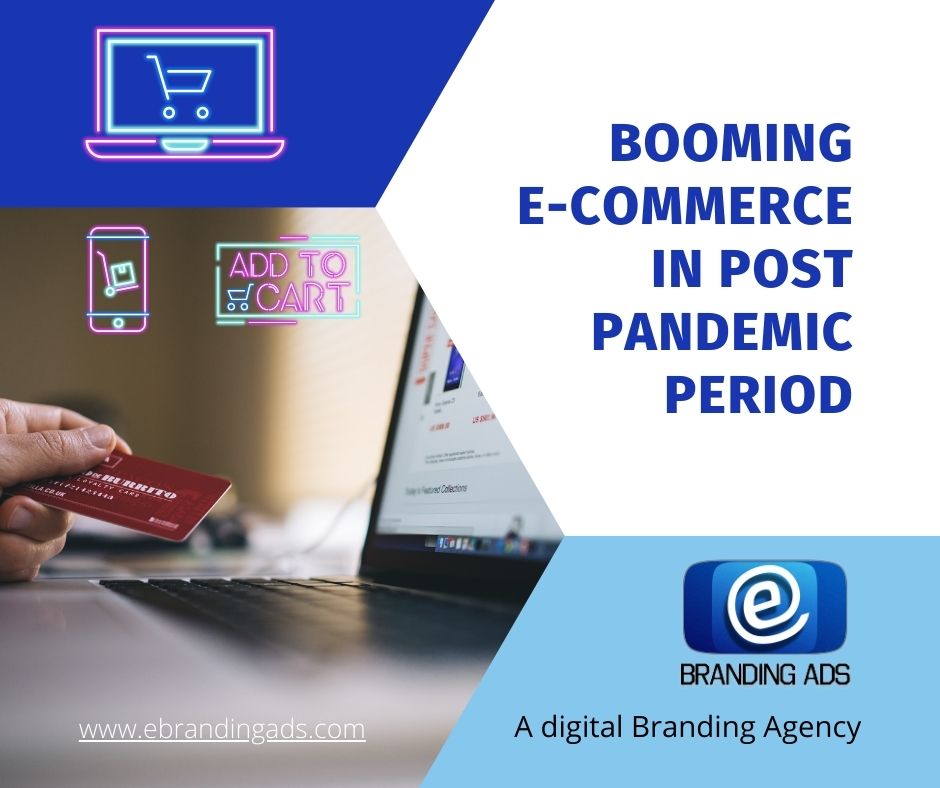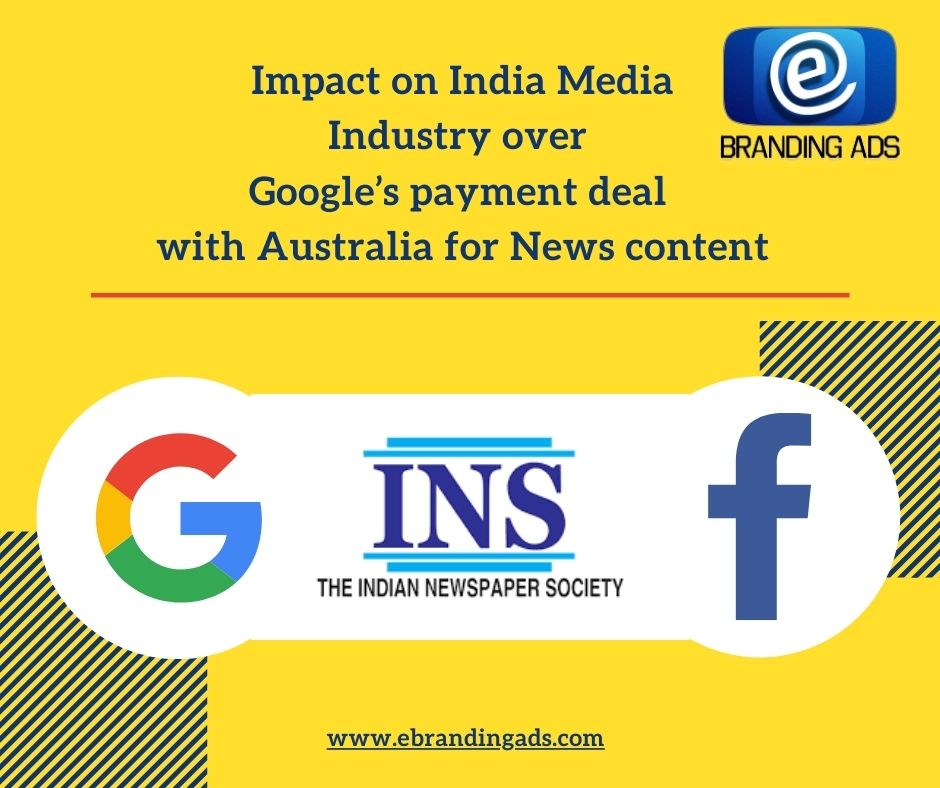Invest in E-commerce Post pandemic
This is the ripe time to launch yourself digitally or acquire the digital talent so businesses are amply equipped to sustain in this digital environment. This phase is critical for any business to fight post pandemic challenges. This is relevant to business conditions for both B2B and B2C businesses.








